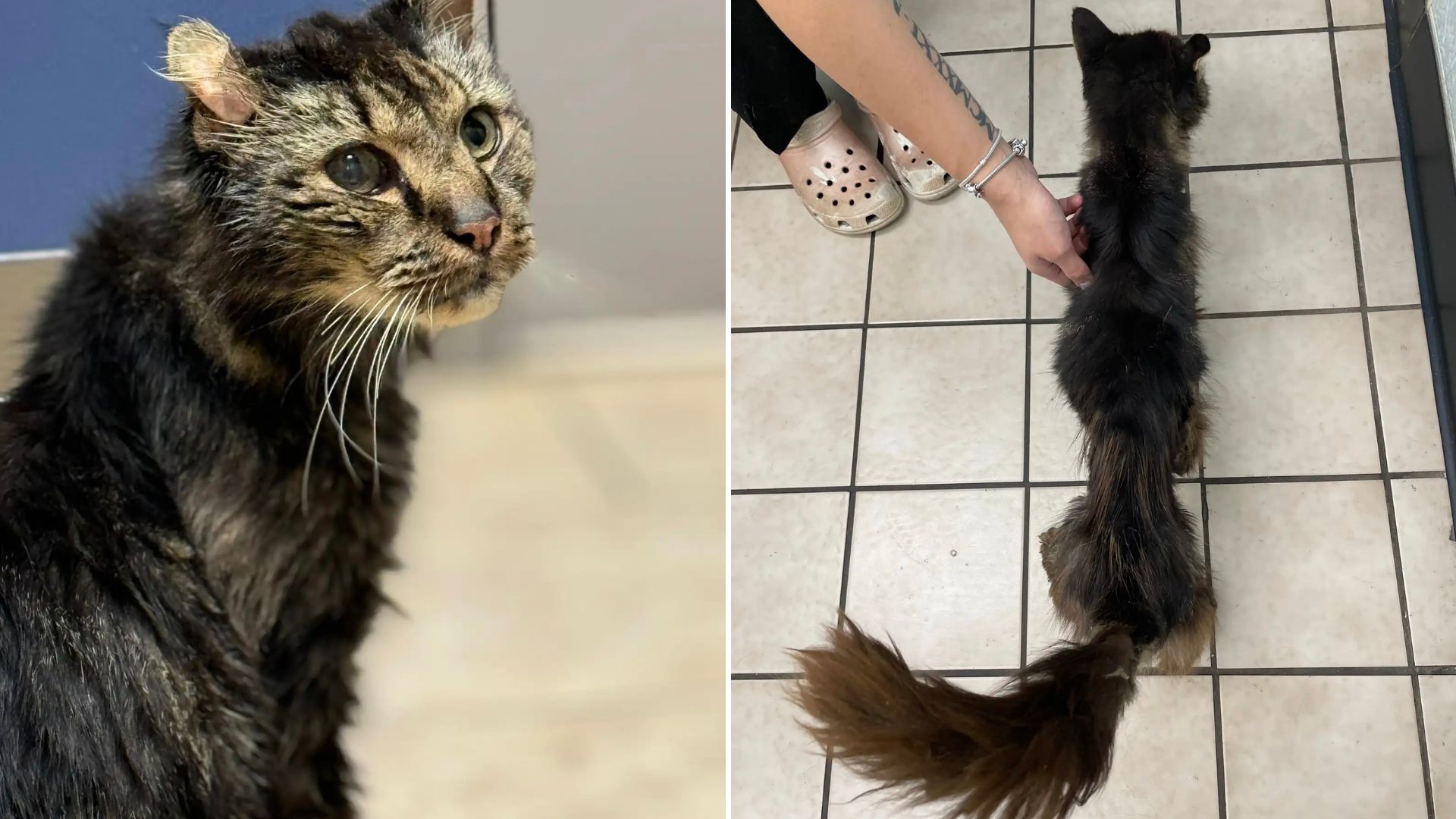The Appaloosa horse, known for its striking spotted coat, has a rich and storied history that spans centuries. This distinctive breed is not only a symbol of beauty and grace but also a testament to the enduring bond between humans and horses.

Historical Origins
The origins of the Appaloosa can be traced back to the Nez Perce people of the Pacific Northwest in the United States. The Nez Perce were renowned horse breeders who selectively bred for the unique spotted patterns that are now synonymous with the Appaloosa. They valued these horses for their versatility, endurance, and distinctive appearance.
The breed’s name is derived from the Palouse River region, which was home to the Nez Perce. The term “Appaloosa” evolved from “a Palouse horse” and has been used to describe these spotted horses since the late 1800s.

Characteristics
Appaloosas are easily recognizable by their distinctive coat patterns, which can vary widely. The most common patterns include:
- Leopard: White coat with dark spots scattered across the body.
- Blanket: Solid-colored body with a white patch, usually over the hips, that may contain spots.
- Snowflake: Dark body with white spots scattered across the coat.
- Marble: Mottled appearance with lighter and darker areas across the body.

Beyond their coat patterns, Appaloosas are known for their mottled skin, particularly around the muzzle, eyes, and genital areas. They often have white sclera around their eyes, giving them a distinctive, expressive look. Their hooves are often striped, adding to their unique appearance.
Temperament and Abilities
Appaloosas are renowned for their versatility and are used in a wide range of equestrian activities. They excel in western riding disciplines such as cutting, reining, and barrel racing. Their agility and endurance make them excellent trail and endurance horses as well. Additionally, their calm and friendly temperament makes them suitable for novice riders and therapeutic riding programs.

Preservation and Promotion
The Appaloosa Horse Club (ApHC), founded in 1938, plays a crucial role in preserving and promoting this unique breed. The organization maintains a registry of Appaloosa horses, ensuring that the breed’s characteristics and lineage are carefully documented. The ApHC also hosts a variety of events and competitions to showcase the breed’s versatility and talent.

Conclusion
The Appaloosa horse stands out not only for its distinctive and beautiful coat patterns but also for its historical significance and versatility. From the plains of the Pacific Northwest to modern-day horse shows and ranches, the Appaloosa continues to captivate horse enthusiasts around the world. Its legacy as a symbol of the American West and its ongoing contributions to various equestrian disciplines make the Appaloosa a truly remarkable breed.






